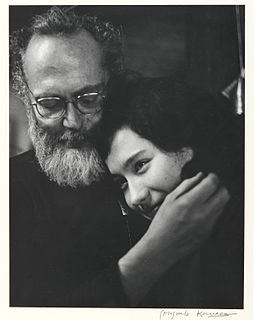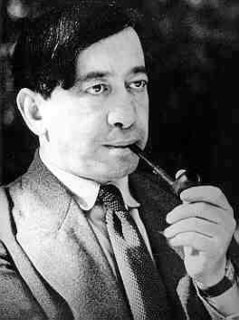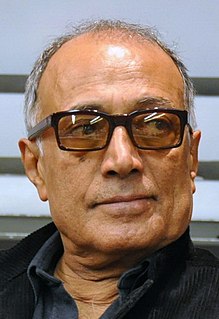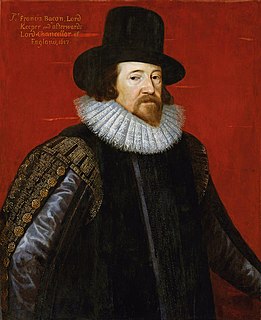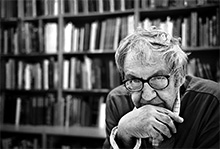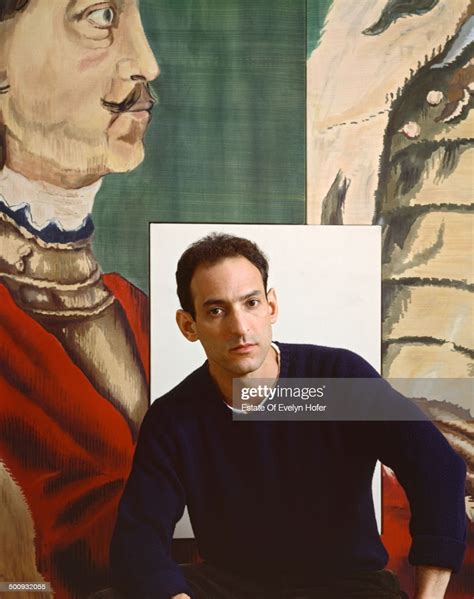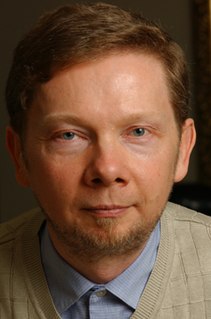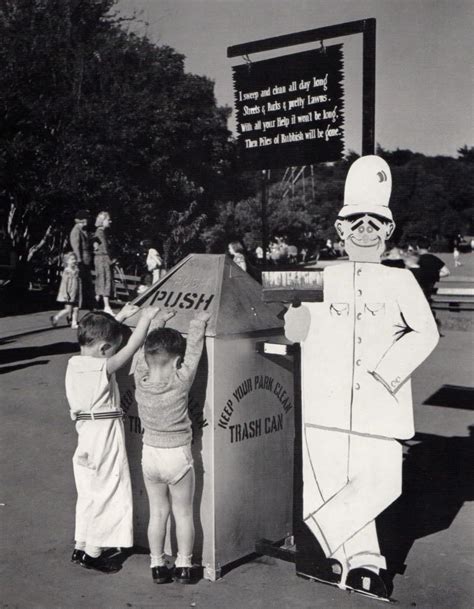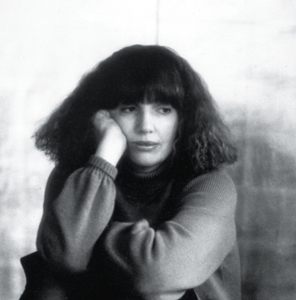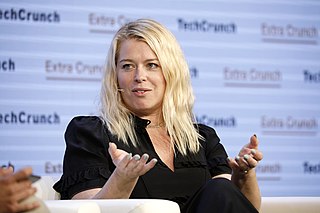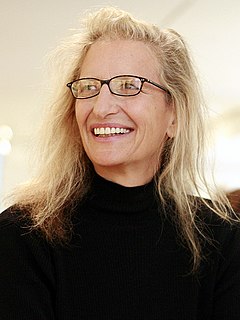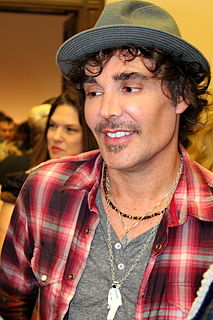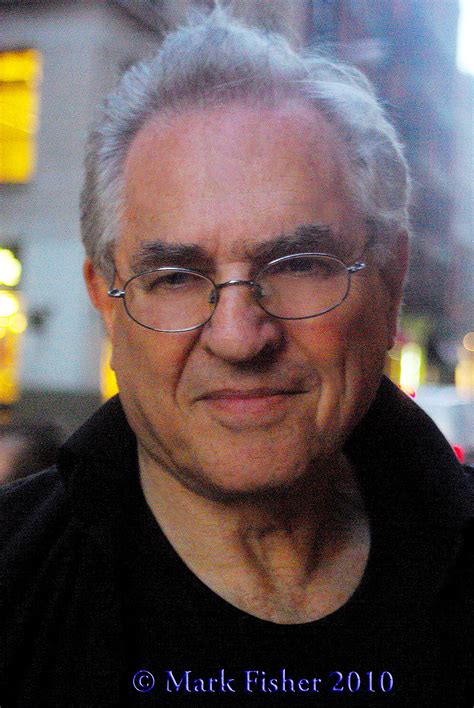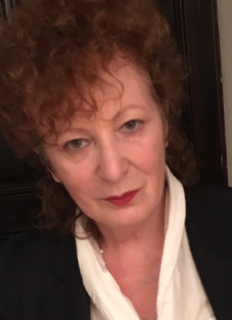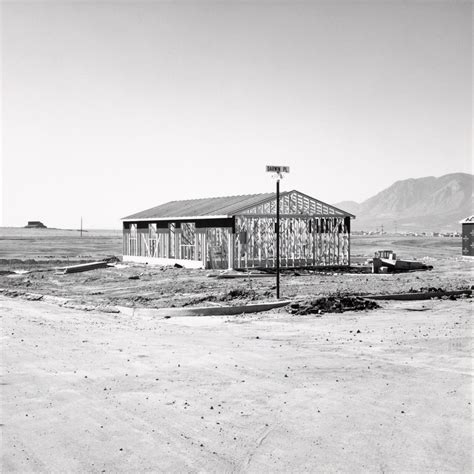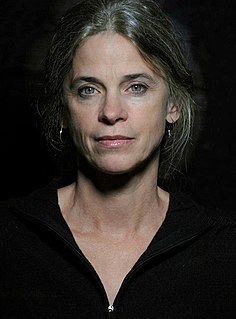A Quote by W. Eugene Smith
My camera, my intentions stopped no man from falling. Nor did they aid him after he had fallen. It could be said that photographs be damned for they bind no wounds. Yet, I reasoned, if my photographs could cause compassionate horror within the viewer, they might also prod the conscience of that viewer into taking action.
Related Quotes
But there is more to a fine photograph than information. We are also seeking to present an image that arouses the curiosity of the viewer or that, best of all, provokes the viewer to think-to ask a question or simply to gaze in thoughtful wonder. We know that photographs inform people. We also know that photographs move people. The photograph that does both is the one we want to see and make. It is the kind of picture that makes you want to pick up your own camera again and go to work.
My mother said that when I was young I was constantly saying, Look at this - Look at that. I think that taking pictures must be my way of asking people to Look at this - Look at that. If my photographs make the viewer feel what I did when I first took them - Isn't this funny... terrible... moving... beautiful? - then I've accomplished my purpose.
Images anesthetize. An event known through photographs certainly becomes more real than it would have been if one had never seen the photographs ... But after repeated exposure to images it also becomes less real. ... 'concerned' photography has done at least as much to deaden conscience as to arouse it.
I started to concentrate more upon how the viewer looks at photographs... I would insert my own text or my own specific reading of the image to give the viewer something they might not interpret or surmise, due to their educated way of looking at images, and reading them for their emotional, psychological, and/or sociological values. So I would start to interject these things that the photograph would not speak of and that I felt needed to be revealed, but that couldn't be revealed from just looking at an image.
No one's quite figured out how to make the images come to the viewer. I guess if they put it on a conveyor belt, you could stand in one place like at sushi restaurants. That could be a next generation of museums. Someone should try that. I think ideally you want to have a contemplative space for the viewer. And shuffling around like a chain gang does work against that.
It wasn't until I realised that I could actually take nice photographs that I started to become passionate about it. I then got a few jobs working for magazines in London, and I would get terribly excited and intense about doing a job and taking photographs and looking through the lens to capture something amazing.
